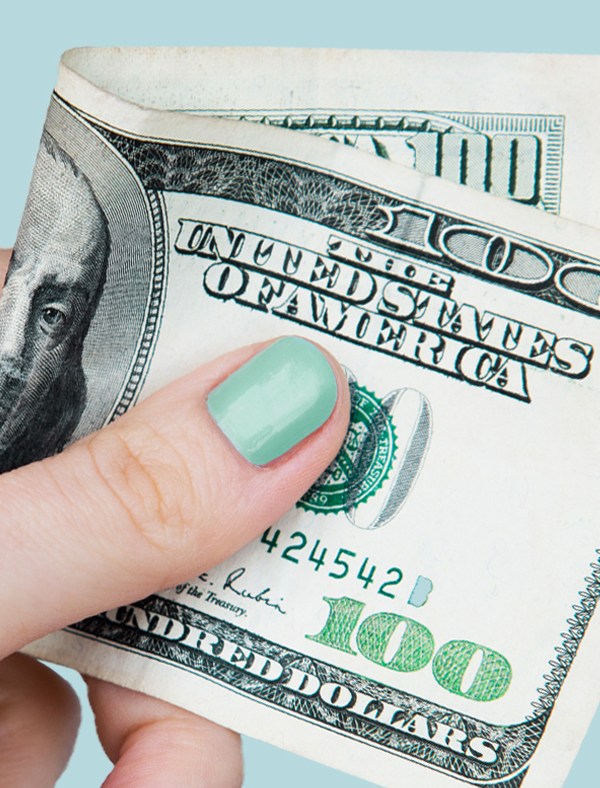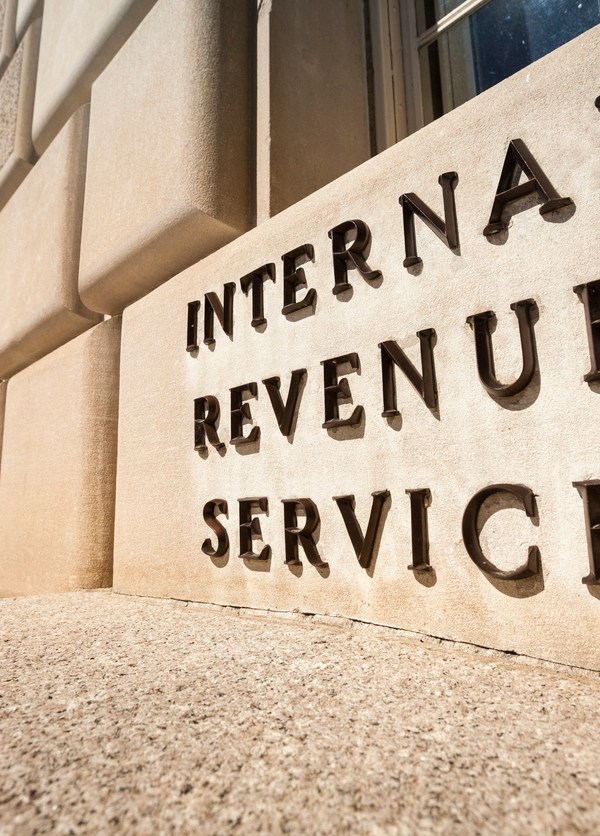[ad_1]
They say ignorance is bliss. However, ignoring your debts can lead to an unimaginable consequence: a lower paycheck.
If you don’t respond to payment requests and refuse to show up in court, then your unpaid debts may end up with you having your wages garnished.
And, while it may seem implausible for someone else to be able to take money out of your paycheck, the process is entirely legal. Curious about how wage garnishment works? Keep reading to understand why it happens, how it impacts your taxes, and how to avoid it.
What is wage garnishment?
If you’ve been told by your employer that your wages are being garnished, it means that your company has received a court order to divert part of your salary. Garnishments are only used to pay an unpaid debt, like child support or taxes.
The process to garnish your wages can take a long time. First, you must have stopped making payments for a while, often several months. Then, the creditor must receive a court order that allows them to garnish your wages.
Once the order goes through, the lender can contact your employer and submit a request for wage garnishment. However, not all organizations, such as tax agencies and federal student loan companies, need a court order to garnish your wages. A federal agency can order your employer to withhold up to 15% of your pay to the federal agency to satisfy a delinquent debt without obtaining a court order.
Who can garnish your wages?
While any lender who receives a successful court order for wage garnishment can technically garner your wage, there are some common scenarios that lend themselves to wage garnishment.
A study from payroll company ADP found the most common types of wage garnishments are due to child support, unpaid student loans or consumer loans, unpaid taxes, or bankruptcy.
If you look at your pay stub, it should say how much is being garnished and for what reason. You can ask your HR department if they can supply more information about the garnishment.
How much can wage garnishment take?
No matter how much you owe or how long you have avoided paying your bills, there are limits on wage garnishment.
According to the Department of Labor, the federal limit is 25% of an employee’s disposable earnings or the employee’s disposable earnings minus 30 times the federal minimum wage, which is $7.25 in 2023.
Disposable earnings are the earnings left over after all required deductions have been made but do not include common expenses like retirement contributions or health insurance premiums.
| Pay Period Frequency | Earnings and Wage Garnishment Allowed | Earnings and Wage Garnishment Allowed | Earnings and Wage Garnishment Allowed |
| Weekly Pay Period | If your weekly pay period is $217.50 or less; $0 | If your weekly pay period is more than $217.50 and less than $290; any amount above $217.50 | If your weekly pay period is $290 and more; 25% maximum of disposable earnings |
| Biweekly | If your weekly pay period is $435 or less; $0 | If your weekly pay period is more than $435 and less than $580; any amount above $435 | If your weekly pay period is $580 or more; 25% maximum of disposable earnings |
| Semi-monthly Pay Period | If your weekly pay period is $471.25 or less; $0 | If your weekly pay period is more than $471.25 and less than $628.33; any amount more than $471.25 | If your weekly pay period is $628.33 or more; 25% maximum of disposable earnings |
| Monthly Pay Period | If your weekly pay period is $942.50 or less; $0 | If your weekly pay period is More than $942.50 and less than $1,256.66; any amount over $942.50 | If your weekly pay period is $1,256.66 or more; 25% maximum of disposable earnings |
However, some states may have different limits. For example, if you can argue your case in front of a court, they may reduce your wage garnishment percentage to 10% of your disposable earnings instead of 25%.
Wage garnishments can also apply to other sources of income, such as bonuses, overtime pay and holiday pay. In some cases, 100% of these additional sums may be taken instead of the usual limit.
Exceptions to wage garnishment
Not all types of income are subject to wage garnishment. If you receive money from the following sources, most creditors cannot garnish your wages:
- Social Security
- Supplemental Security Income
- Veterans’ benefits
- Federal Railroad payments for retirement, unemployment and sickness
- Civil Service Retirement (CSR) payments
- Federal Employee Retirement System (FERS) payments
However, there are exceptions to the exceptions. If you have unpaid taxes or federal student loan payments, then the government can take up to 15% of your Social Security or Social Security Disability Insurance (SSDI) benefits.
Does wage garnishment cost money?
If your wages are being garnished, you may have to pay extra fees associated with the process.
For example, if your Social Security benefits are being garnished directly from your bank account, then your bank may charge you a fee for processing the garnishment. Your employer may also charge you a fee for garnishing your wages.
How to avoid wage garnishment
There are many steps that must usually occur before your wages are garnished. If you owe child support and cannot afford to pay, you can discuss a new payment plan with your former spouse or partner.
If you are having financial problems, your best step is to talk to the lender instead of avoiding them. You never know what kind of forbearance programs they may have. For example, federal student loans have several income-driven repayment plans that can reduce your monthly payment to a more manageable sum.
If you are truly in dire straits, you can meet with a bankruptcy lawyer to discuss how filing for bankruptcy can help discharge your debts.
How can wage garnishment affect your taxes
If you file your taxes and are owed a tax refund, that refund amount, for both federal and state taxes, may also be garnished.
If your wages are being garnished, you cannot deduct the extra costs associated with that on your taxes. Also, you still have to declare and pay taxes on any income that is garnished. That’s another reason why wage garnishment can be so financially debilitating.
It’s possible that your tax refund may have been reduced by the Treasury Offset Program. The Treasury Offset Program oversees the collection of overdue bills owed to federal and state agencies. Different federal and state agencies, such as the Department of Education (student loans) and child support, submit delinquent debts that need to be collected. These bills are then taken from tax refunds, which lowers the tax refund amount deposited.
If the IRS does garnish part or all of your refund, the IRS will typically mail you a notice if your tax refund is different from the amount you claimed on your tax return. The notice will include information on the refund you were eligible for, the amount your tax refund was reduced by, what agency the money was sent to, and contact information for that agency.
But don’t worry about knowing the tax information above. Meet with a TurboTax Full Service expert who can prepare, sign and file your taxes, so you can be 100% confident your taxes are done right. Start TurboTax Live Full Service today, in English or Spanish, and get your taxes done and off your mind.
[ad_2]
Source link












